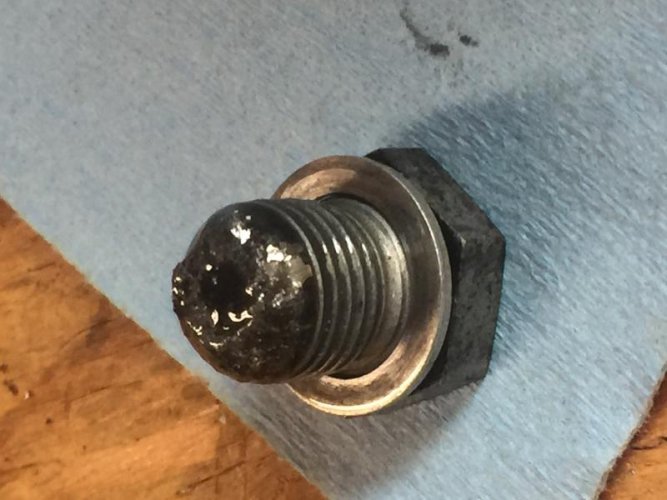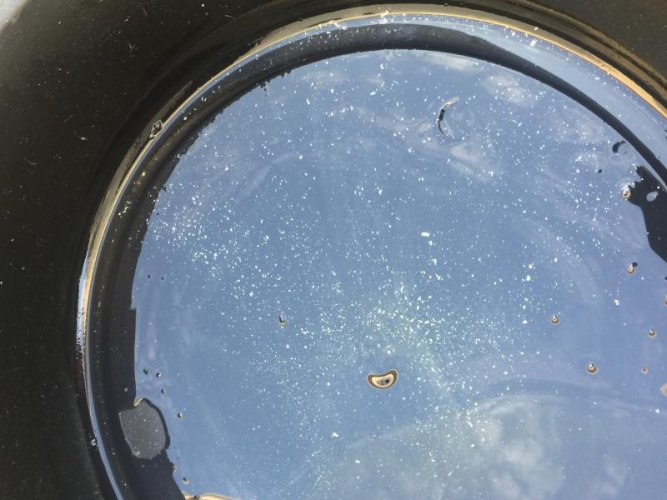bubbadozer1
New member
Just drained my final drive oil to examine after buying and researching service history. Service notes stayed might need to replace final drive crown bearing, but nothing more. So, these are the pics of the oil I just drained out. Because I'm new to this bike and BMW's, are these particles indicating a failing/worn final drive? I'm thinking the very small flakes in the pan say probably, but with my lack of experience, do t know. What are your thoughts after looking at pictures?


